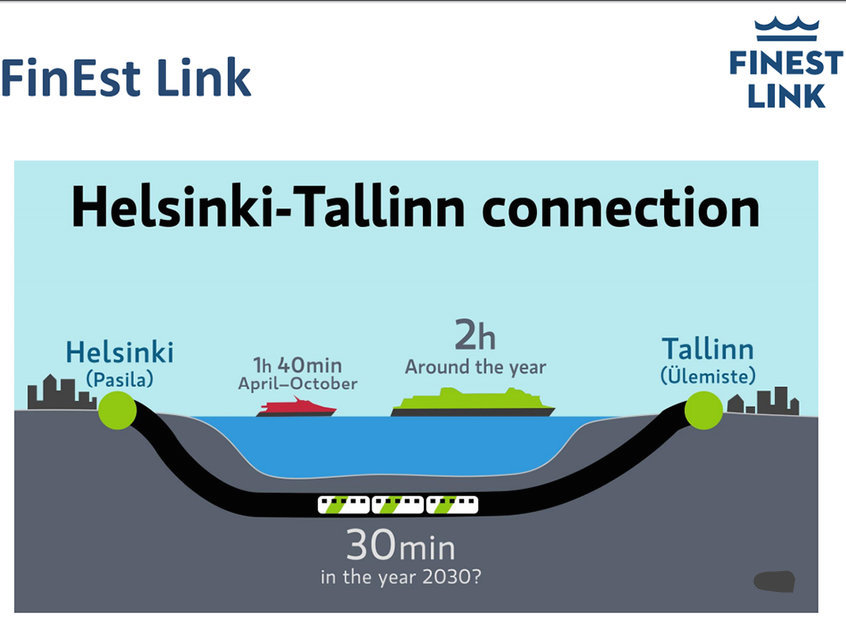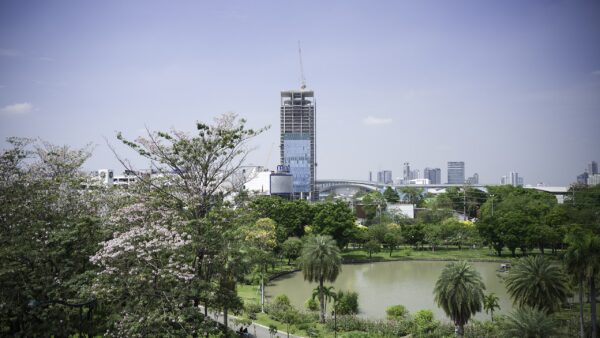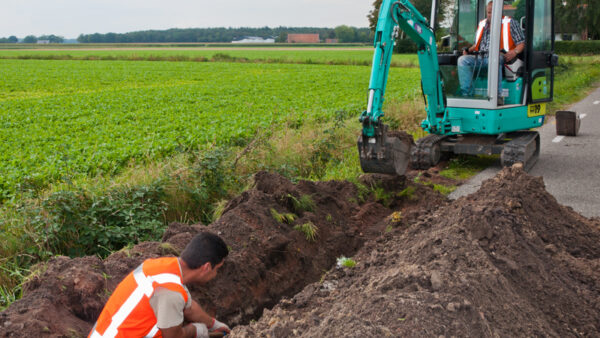Plans to build a 92km rail tunnel under the Gulf of Finland between Tallinn, Estonia and Helsinki in Finland have received a boost with the appointment of two consortiums to examine the feasibility of the scheme.
The ambitious “FinEst” plan would involve building the longest transport tunnel in the world, and preliminary cost estimates have put the price of the project at somewhere between €9bn and €13bn.
If it were built, the rail tunnel would transform a two-hour ferry commute between the two cities into a 30-minute train ride.
Helsinki and Tallinn together constitute an economic area of busy freight traffic and nearly 1.5 million people. A growing number of commuters and leisure travellers travel between the two cities. Last year, a record of 10 million passengers arrived at the port of Tallinn– Helsinki-Uusimaa council statement
One study will look at the business case by estimating passenger volumes between the two capitals. This will be undertaken by Denmark’s Ramboll and four Finnish consultants: employee-owned engineer Sito, transport specialist Strafica, planning analyst Urban Research and consulting engineer Pöyry.
A second report will examine the technical and economic feasibility of the tunnel, the construction and maintenance costs, how it will link up with other transport modes and what safety systems will be needed. This will be undertaken by Stockholm-based Sweco, Canadian engineer WSP and the Swiss company Amberg Engineering, which was also involved in the design of the Saint Gotthard and Brenner tunnels.
Both studies are expected to conclude this year. The business case will be studied by Helsinki city council and the technical report will be read by Finnish transport agency Liikennevirasto.

FinEst’s diagram explaining the scheme
The project is being developed by the Helsinki-Uusimaa Regional Council, Helsinki City Council, Liikennevirasto, the city of Tallinn and the Estonian Ministry of Economic Affairs. The studies are being supported by the EU’s Interreg Central Baltic programme, which has approved a budget of €1.3m over two years.
According to a statement by the Helsinki-Uusimaa council, there were 10 expressions of interest in the contracts. Kari Ruohonen, the project manager for the scheme, said: “We received high-quality offers from large planning groups that have international expertise in carrying out large transport projects and assessing their impacts and, moreover, have local expertise in both countries.”
The statement added: “Helsinki and Tallinn together constitute an economic area of busy freight traffic and nearly 1.5 million people. A growing number of commuters and leisure travellers travel between the two cities. Last year, a record of 10 million passengers arrived at the port of Tallinn. Weekly, tens of thousands of people commute between the cities. In the tunnel, the 90km train journey would take about 30 minutes.”
Top image: An artist’s rendering of the rail link (Sweco)
Further Reading:
Comments
Comments are closed.











I really hope this tunnel among others proposed around the world gets built. When I saw the Gulf of Finland @ Daft Logic, I Google-searched for any proposals of such a tunnel and that’s when I learned about the proposal. I also hope a bridge or tunnel gets built from Finland to Sweden across the Archipelago hav, the Åland Islands and Ålands hav. Based on Daft Logic, although it’s not 100% accurate, the waters of the Archipelago hav and Ålands hav are mostly shallow enough for a highway bridge similar to those of the Overseas Highway to link southern Finland and Sweden. Same with the waters of the Kvarken. The only route that is too deep for such a simple bridge is the Gulf of Finland where one option though to link Finland and Estonia is of course a tunnel. And I hope it be achieved.
Ventilation of long tunnels is not simple if there cannot be any intermediate ventilation shafts. For rail systems it is reasonably feasible, though the thermal gains need careful design of auxiliary cooling, as the UK/France channel tunnel has shown, but for vehicular traffic it is virtually impossible because of both thermal and pollution problems.
Hopefully the proposers have made a realistic assessment of such problems and won’t be persuaded by the road lobby’s pressure.